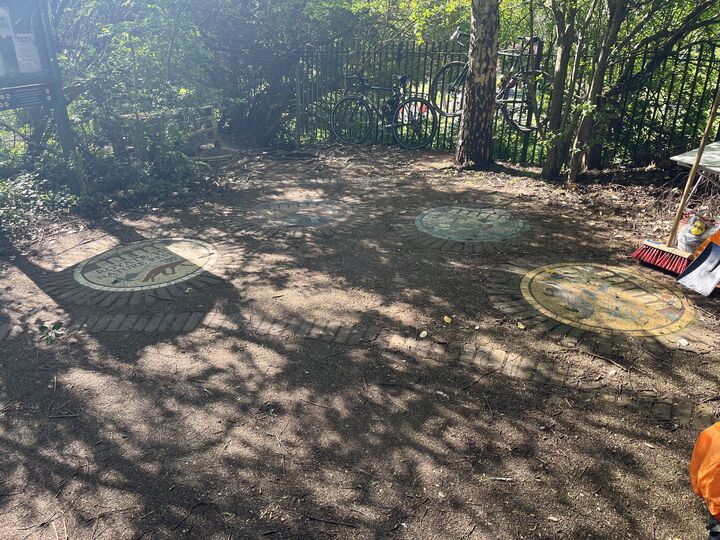Armed with small snips. big snips and panthers (and later a tree popper) one team headed up onto the viaduct. The main task was to remove sycamore but we also got some ash and there was some rogue nettle head removal! We also popped sycamore and the odd cherry while we were up there (👀). Surprisingly breathtaking. A highlight was seeing some ladybirds emerging from hibernation and some robins and chifchaffs (apparently one bird says chiff chaff and it isn’t a call and answer type of thing where one goes chiff and the other goes chaff).
Team spruce made what can only be described as light work of tidying the mosaic area where we started. The amount of work looked like it took more than an hour but apparently was really quick! (Will leave Mel to fill in more detail here…)
All that was left was to have the customary tea, biscuit and chat before heading off into the glorious sunshine.
Until next time…
Discuss this report
Join us on our next session
Bristol
A chance to banish some brambles and other weeds

Sunday 6th April
Credits
Report written by Bristol runner
Share the love
This task supported
Two disused railway embankments linked by a brick viaduct to make a city centre nature reserve
The railway embankment creates a varied local topography with long and short, steep and gentle slopes. The habitats on the site range from limestone flora on the embankment top, to flower rich grassland, developing woodland and scrub on the embankment sides. Species such as ox-eyed daisy, mouse eared chickweed and bee orchid have been recorded at the site. Hedgerows, a stream and an old orchard are also present within the reserve boundary. The embankments were constructed in the early 1870's to form part of the Clifton Extension Railway. They span 450 metres in a shallow curve from Edward Street in the north west, to Clay Bottom to the east, crossing Royate Hill and the Coombe Brook at their centre. The site was compulsorily purchased by the former Avon County Council in 1996, following a five-year high profile campaign by local people to save it from development.
See more

